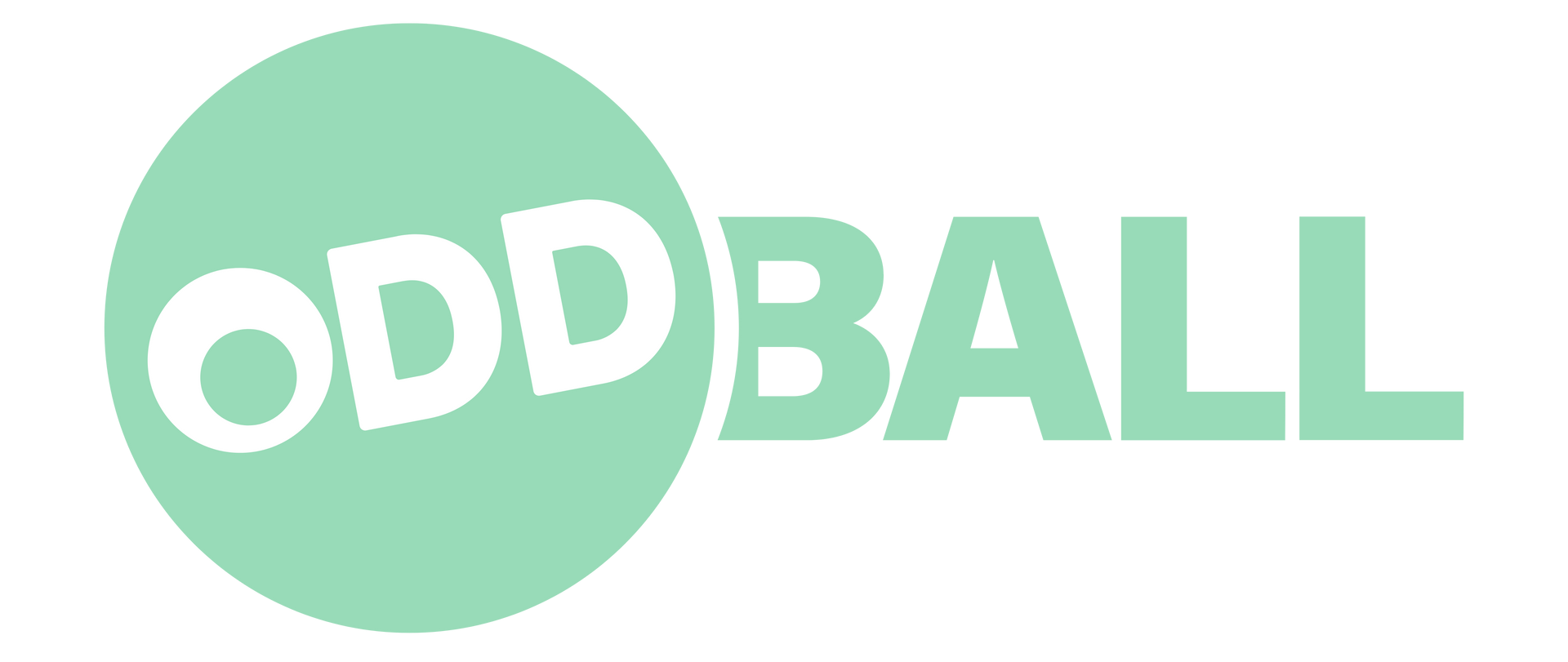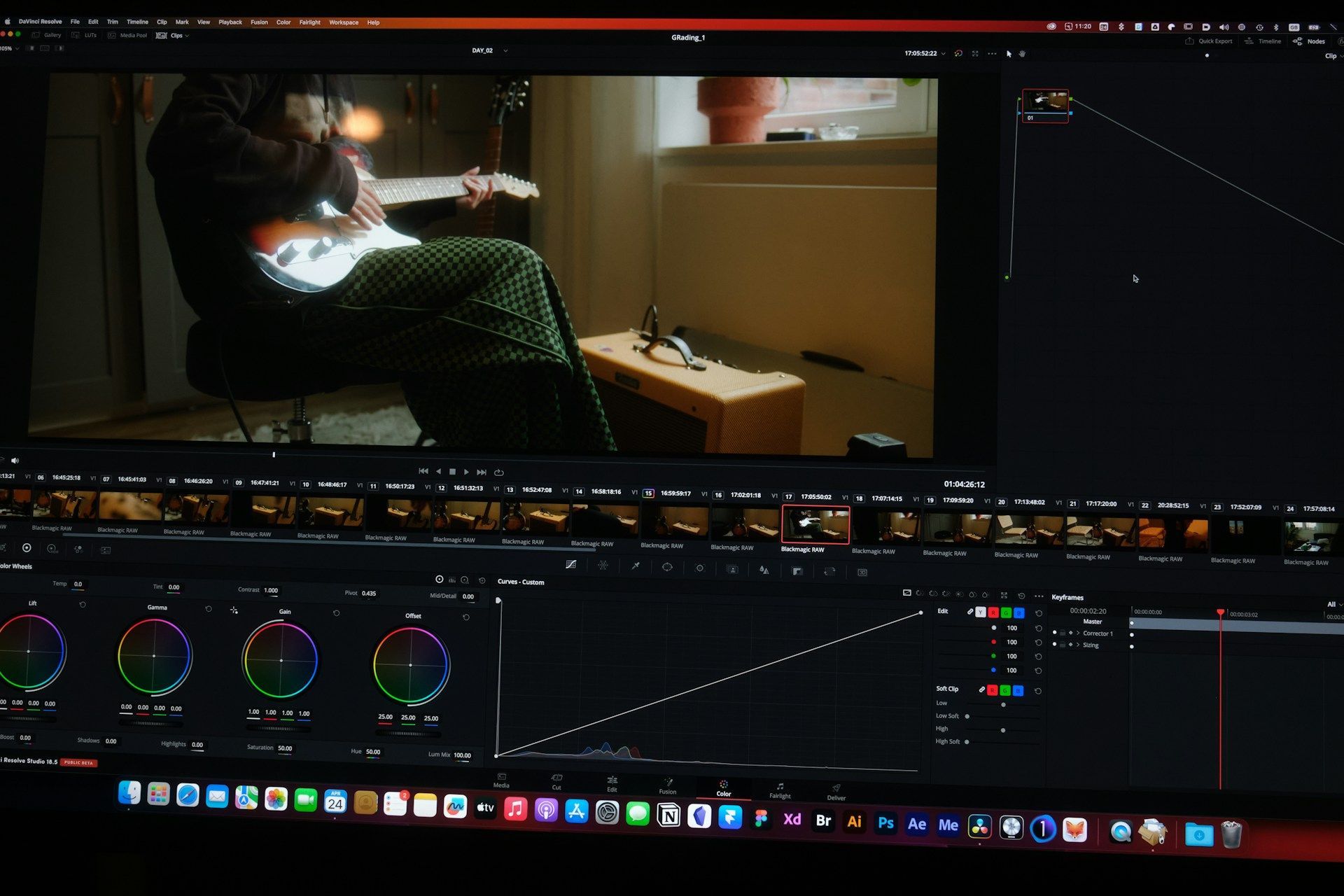Planning Your Political Ad Message for Different Platforms
No matter how big or small your campaign may be, the message needs to land right where your audience is paying attention. That means it can't all sound the same or look the same across every spot you put it. What works great on TV might fall flat on social media, and a catchy radio ad won’t carry the same punch in a printed flyer. Political advertising is about connecting, and the way you craft your message for each platform does a lot of heavy lifting in whether people respond to it or not.
The way people consume messages keeps changing, but one thing hasn’t: they’re drawn to messages that feel familiar, clear, and made for their space. That’s why tailoring your approach isn't just helpful—it actually lets your campaign compete. When each part of your message is shaped for its platform and audience, you're more likely to earn trust, attention, and hopefully, support.
Understanding Different Platforms
Political ads can show up just about anywhere. From screens in people’s hands to signs in their yards, every platform offers a unique path to reach potential voters. But each one speaks a little differently, and if your message doesn’t match the tone and expectations of where it appears, it can feel out of place. That’s why it’s helpful to break down some of the most commonly used platforms and how they each influence the way a message is received.
1. Social Media
Social platforms like Facebook, Instagram, and X (formerly Twitter) favor short, fast-moving content. Videos, memes, short messages, and hashtags help campaigns stand out and get shared. This is where tone plays a big role—too formal and you’ll miss the mark. Being authentic matters a lot here.
2. Television
TV offers strong visual storytelling. It's perfect for emotional appeals or impactful visuals. But it’s pricey, so your message needs to be tight, engaging, and memorable within 15 to 30 seconds.
3. Radio
Radio still reaches a lot of people during commutes or routine tasks. Messages here are strictly audio, so it all depends on how your words come across. A strong voice and clear delivery go a long way.
4. Print
Pamphlets, flyers, and newspaper ads may seem old-school, but they offer space for detailed messages and target specific demographics. The tone here can be more traditional, but it still needs clarity and appeal.
Every one of these platforms reaches people a little differently. For example, a campaign trying to engage younger voters might lean heavy on Instagram and TikTok, while one aiming at an older crowd might spend more on print or radio. What matters is knowing who you’re trying to reach and meeting them in their space with a message that feels like it belongs there.
Crafting Platform-Specific Messages
Once you know where your message will appear, the next step is to shape that message so it fits the space and the people you want to reach. A one-size-fits-all approach usually falls short. What clicks on one platform might confuse or bore people on another. This part takes a little extra effort, but that effort can make a big difference in how folks connect with what you're saying.
For social media, messages need to be short, punchy, and designed to spark interest right away. The use of casual tone, direct language, and visual content like GIFs or video clips helps keep people engaged. For example, a campaign might film a short, selfie-style video of a candidate talking about a local issue in plain, everyday terms. That type of content fits the pace and expectations of social media users, especially younger audiences.
TV ads focus more on creating a feeling. These need to be well-crafted and delivered with visuals that tell a full story, even if only a few seconds long. The tone is usually a little more energetic or emotional, depending on the audience and goal.
Radio messages lose the visuals, so the focus turns to sound and delivery. A steady pace, clear voice, and well-written script help paint a picture in the listener’s mind. Humor, music, or local references can also add personality and make an ad more memorable.
Print allows more space to explain things, but the message still needs structure. Clear headlines, bold statements, and thoughtful layout help guide the reader through the intent behind the ad. You can use this space to explain a policy idea or share a personal story, as long as the design pulls them in instead of pushing them away.
Integrating Your Message Across Platforms
Different formats require different versions of your content, but the core message should still feel connected no matter where someone comes across it. Having consistent messaging helps build trust and makes your campaign feel organized and clear.
Here are a few ways to keep your message aligned:
- Stick to the same key themes or values in every version of your ad
- Use a common color scheme, logo, slogan, or tone throughout all platforms
- Adjust the length, visuals, and delivery method for each platform without changing the central point
- Train spokespeople and campaign staff to stay on-message during interviews, social posts, and in person events
Think about your message as the main story. Every platform is just another way to tell it. You don’t need to say the exact same thing each time, but the ideas and voice should always feel like they’re coming from the same campaign. Repetition, without being boring, helps people remember what you stand for.
Partnering with Political Advertising Agencies
Putting together a strong campaign across many platforms takes time, skill, and experience. That’s where political advertising agencies come in. They understand how to shape your message so it speaks the right way for each place it's shown. They can help plan it, write it, design it, and roll it out in a way that keeps things smooth and consistent.
Agencies do more than create ads. They help you look at your goals, figure out what your audience cares about, and then match the message with the best place to share it. They also know how to avoid wasting time and money on placements that don’t work for your campaign.
If you’ve never worked with a team like this before, picture it like hiring a guide for a long trip. You might be able to do it on your own, but you’ll get there quicker and with fewer mistakes if you’ve got backup that knows the terrain. From budgeting to writing, from visuals to delivery strategy, their help can bring polish and direction to your messaging.
Get Ready to Reach Your Audience
Planning a political ad message is more than writing a powerful speech or putting a catchy slogan on a sign. It’s about figuring out how to shape that message so it reaches people where they are and in a way that actually sticks. That starts with understanding each platform and using it the way people expect.
Matching your tone, your format, and your delivery to the strengths of each platform can turn a good message into one that truly works. Each decision along the way—what to say, where to say it, and how you say it—comes together to help your campaign cut through the noise and make an impact. Now’s the time to make sure every word is working for you.
Maximize the effectiveness of your political advertising efforts by partnering with experts who understand the nuances of each platform. Oddball Creative specializes in crafting messages that resonate. Learn how our experience with political advertising agencies can help shape clear, persuasive messaging for every channel your campaign uses. Reach your audience with purpose and make every impression count.



